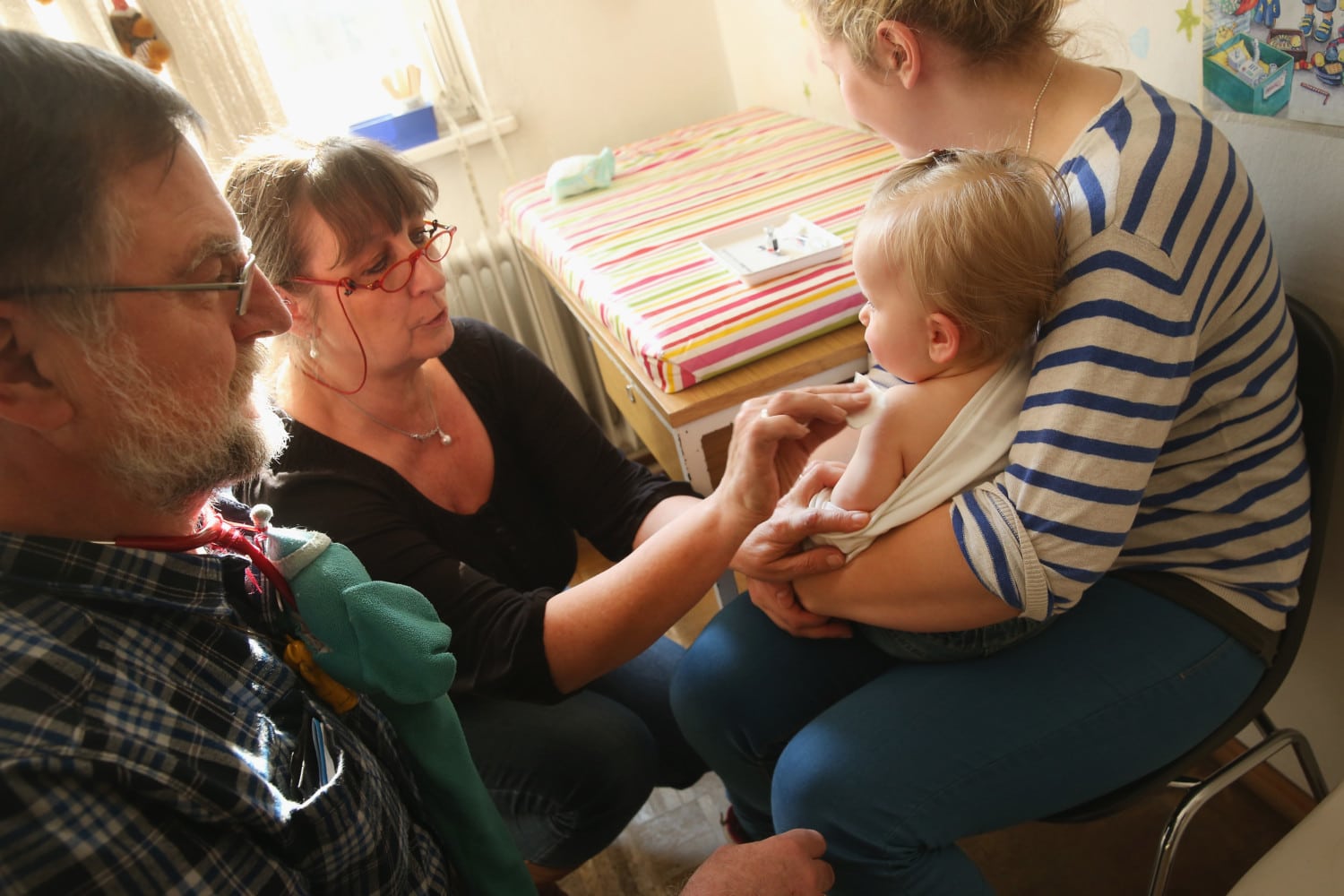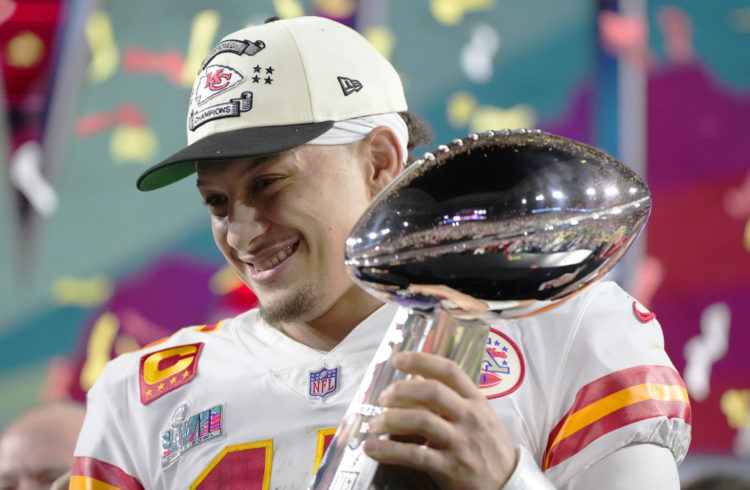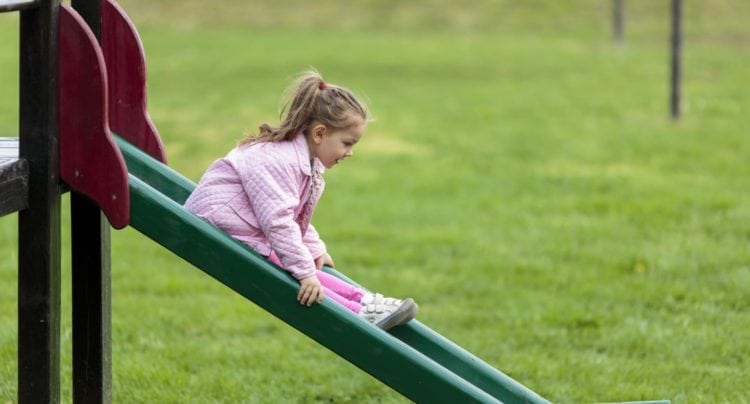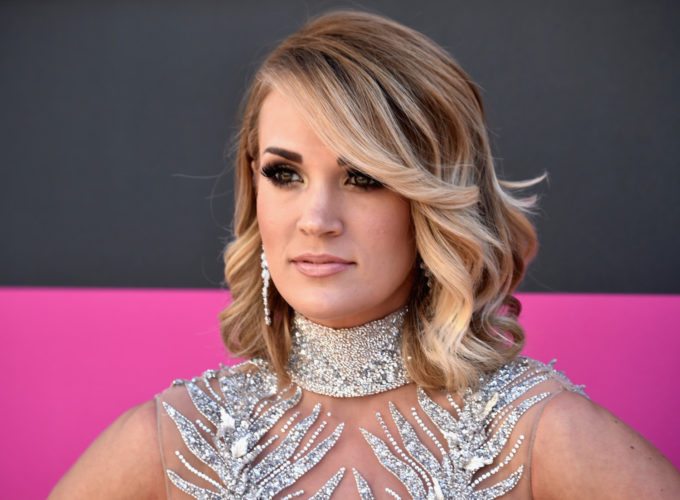Nursemaid’s elbow: Here’s what to know about this frightening but easily fixed childhood injury
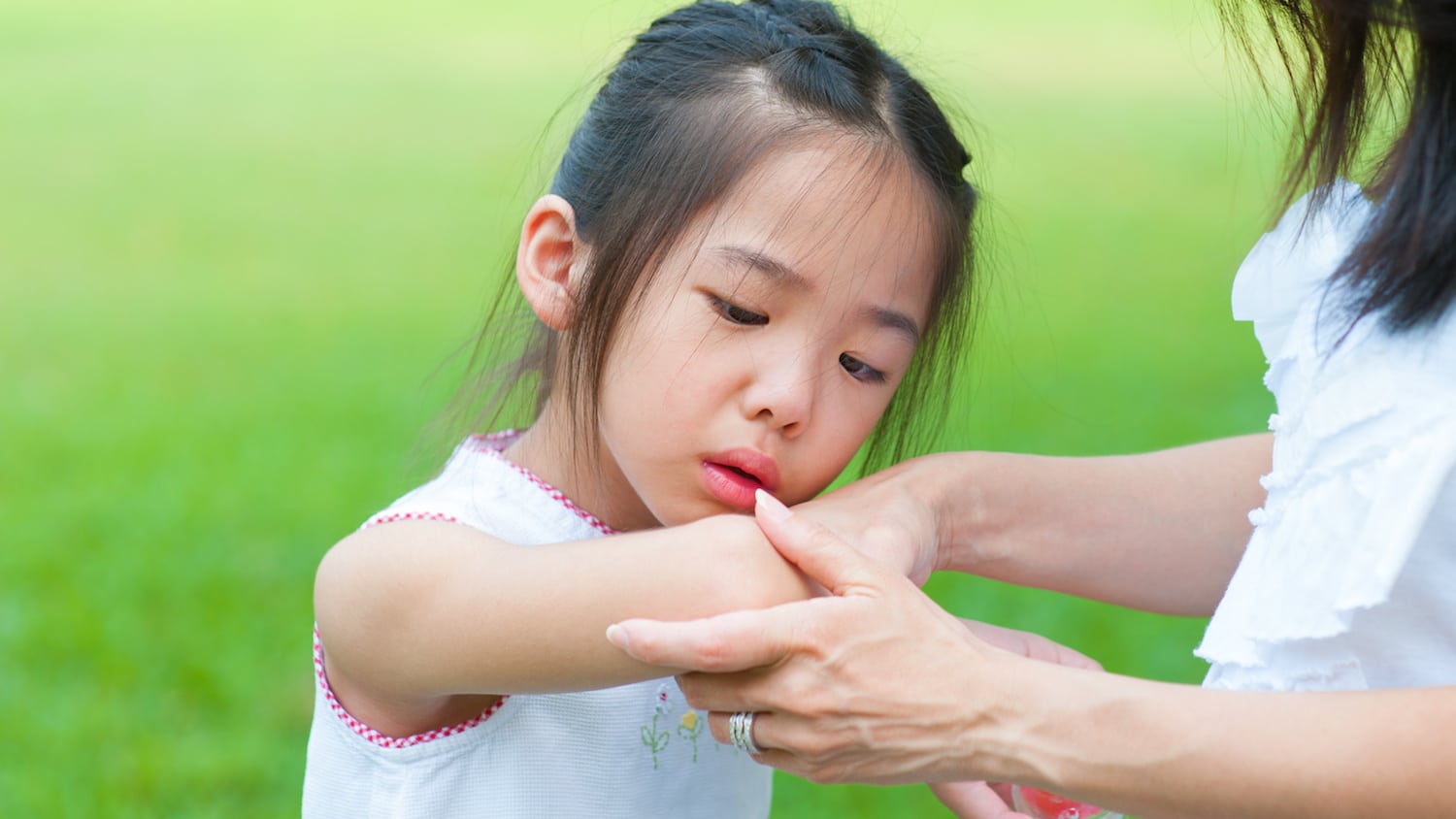
With all of their running, jumping and falling over, it can often seem like children are constantly getting hurt — and sometimes scarily so. However, there is one injury that looks far worse than it actually is, yet happens frequently to children: radial head subluxation, more commonly known as “nursemaid’s elbow” or a “pulled” elbow.
A common condition among kids between 1 and 4 years old, nursemaid’s elbow occurs when a child’s elbow partially dislocates and is pulled out of place. While this would be a rare (and horrifying) experience for those of us whose bones are set in stone, it’s more frequently seen in young kids, as their muscles and bones are still developing and more prone to easily shifting out of place.
Nursemaid’s elbow occurs when there’s a sudden tugging of a child’s forearm. For instance, when a parent pulls or swings a child by the hands, when an infant rolls over, or, more rarely, when a child swings out an arm to break a fall. When a child pulls an elbow, the radius bone in the child’s forearm slips from its usual connection to the elbow joint, with a ligament catching between two elbow bones.
The injury isn’t always apparent to guardians or caregivers because nursemaid’s elbow doesn’t often cause deformity or swelling. However, children will frequently refuse to move the injured arm due to pain, show signs of distress and may hold the injured arm either straight or slightly bent.
Take a look at what’s happening below the surface in the diagram below from medical artist Karen Bucher:
https://twitter.com/ra_ra202/status/1008208956190330880
How To Treat It
If you notice symptoms of nursemaid’s elbow, take your child to a pediatrician or children’s hospital emergency room — a normal hospital works too but at a children’s hospital it will almost be guaranteed they’ve seen nursemaid’s elbow plenty of times.
Any health care professional can usually diagnose the pulled elbow with a physical examination and some background information on how the injury occurred. Professional diagnosis is necessary to make sure that there are no fractures or broken bones involved.
After diagnosis, a doctor can usually put the elbow back in place easily and without surgery or treatment. To fix nursemaid’s elbow, a doctor will hold the child’s forearm (with the child’s palm facing upwards) while placing gentle pressure on part of the child’s elbow. The doctor will then slowly move the arm upwards until the radius clicks back into place.
While the initial injury can be painful and the procedure to put it back in place, called a “reduction,” can cause brief pain, children generally have full use of their arm 5 to 10 minutes after the procedure. They generally feel better soon after the reduction is done.
How To Prevent It
Children tend to outgrow the risk for nursemaid’s elbow by age 7, but it’s a good idea to take preventative measures until the ligaments develop. To prevent nursemaid’s elbow, orthopedic doctors generally recommend a few simple strategies.
Never swing children by the hands or forearms, and avoid pulling or tugging them by the hand. To pick them up without risk of nursemaid’s elbow, lift them gently from beneath the shoulders — and make sure that all instructions are passed on to other teachers or caregivers to further reduce the risk.
https://twitter.com/Ortho_AssocFL/status/893502197803216897
Some children are, however, simply more prone to nursemaid’s elbow. Fortunately, despite the fright it can give parents, it’s a fairly common injury and is generally easily fixed.


